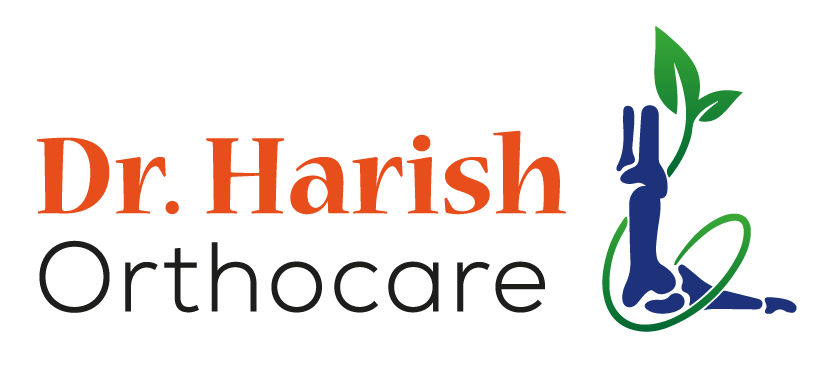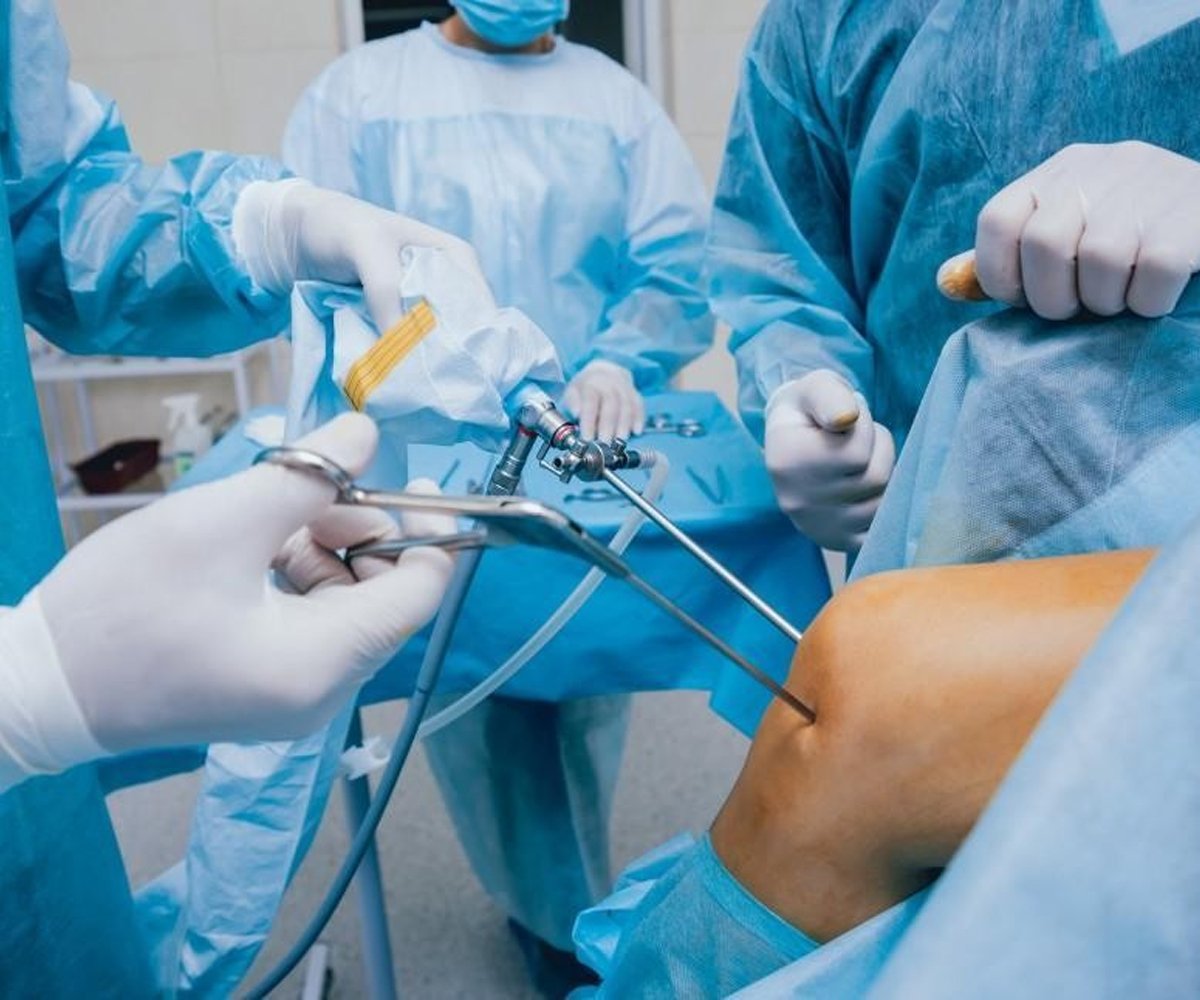Best Arthroscopy Treatment in Vijayawada
What is Arthroscopy Surgery?
Arthroscopy is a minimally invasive surgical procedure used to diagnose and treat joint problems. The word “arthroscopy” comes from two Greek words, “arthro” (joint) and “skopein” (to look), meaning to look inside the joint. During the procedure, a small camera (arthroscope) is inserted into the joint through tiny incisions, allowing the surgeon to view, diagnose, and repair the joint without large incisions.
How Does Arthroscopy Work?
Arthroscopy uses small incisions and specialized instruments to:
- Diagnose joint problems.
- Remove damaged tissue.
- Repair torn cartilage or ligaments.
- Treat inflammation in the joint. This approach offers faster recovery, less scarring, and reduced post-surgical pain compared to traditional open surgeries.
Why is Arthroscopy Surgery Recommended?
Arthroscopy is commonly recommended for patients suffering from:
- Persistent joint pain.
- Limited joint mobility.
- Swelling that does not subside with non-surgical treatments. It is especially useful when imaging tests such as X-rays or MRIs cannot clearly identify the problem.
Conditions Treated by Arthroscopy Surgery
Arthroscopy is most often used for knee, shoulder, hip, elbow, wrist, and ankle joints. Various conditions can be treated using this technique.
Arthroscopy for Knee Problems
Knee arthroscopy is one of the most common arthroscopic procedures. It is used to treat:
- Torn meniscus: A common injury where the cartilage is damaged.
- ACL injuries: Repairs or reconstructs the anterior cruciate ligament.
- Cartilage damage: Removal or repair of damaged cartilage.
- Loose bodies: Removing loose fragments of bone or cartilage in the knee joint.
- Synovitis: Inflammation of the joint lining.
Arthroscopy for Shoulder Conditions
Shoulder arthroscopy is typically performed for:
- Rotator cuff tears: Repairing torn tendons in the shoulder.
- Labral tears: Repairing the cartilage ring in the shoulder socket.
- Impingement syndrome: Relieving pressure caused by tendons rubbing against the shoulder blade.
- Frozen shoulder: Treating stiffness and pain in the shoulder joint.
Arthroscopy for Hip Issues
Hip arthroscopy is becoming more common for treating:
- Labral tears: Repairing the labrum, the cartilage that surrounds the hip joint.
- Hip impingement: Correcting bone abnormalities that lead to cartilage damage.
- Loose bodies: Removing fragments of cartilage or bone from the joint.
Other Common Uses of Arthroscopy
- Elbow Arthroscopy: Treats conditions like tennis elbow, osteoarthritis, and loose bodies in the elbow joint.
- Wrist Arthroscopy: Used to diagnose and treat ligament tears, carpal tunnel syndrome, and wrist fractures.
- Ankle Arthroscopy: Repairs ligament damage and treats joint inflammation, often related to sports injuries.
Benefits of Arthroscopy Surgery
Arthroscopy offers numerous advantages over traditional open surgeries. Some of the key benefits include:
Minimally Invasive Procedure
Arthroscopy is a minimally invasive procedure, requiring only small incisions. This means:
- Less scarring compared to open surgery.
- Smaller incisions result in reduced risk of infection.
Faster Recovery Time
Because the surgery involves less tissue damage, patients typically experience quicker recovery. Many people return to their normal activities within a few weeks, depending on the complexity of the procedure.
Less Post-Operative Pain
Minimally invasive surgery usually results in less post-operative pain, allowing patients to resume daily activities sooner.
Accurate Diagnosis and Treatment
Arthroscopy provides a clear view of the joint, enabling the surgeon to accurately diagnose and treat joint conditions. This precision allows for better outcomes and targeted treatments.
Recovery and Rehabilitation After Arthroscopy Surgery
Recovery from arthroscopy is generally faster than open surgery, but it varies depending on the joint treated and the extent of the problem.
Immediate Post-Surgery Care
After surgery:
- Pain Management: Pain is usually mild and can be managed with over-the-counter medications or prescribed pain relievers.
- Bandages and Dressing: The incision sites will be covered with a sterile bandage, which should be kept clean and dry.
- Crutches or Slings: For lower body joints (like the knee or ankle), crutches may be recommended. For shoulder arthroscopy, a sling is often used for support.
Rehabilitation and Physical Therapy
Physical therapy is a crucial part of the recovery process. A physiotherapist will guide the patient through:
- Range of Motion Exercises: To regain joint flexibility and prevent stiffness.
- Strengthening Exercises: As the joint heals, exercises will help rebuild strength and stability.
- Gradual Return to Activities: Depending on the joint and surgery type, patients will gradually return to normal activities, usually within 4 to 8 weeks.
Full Recovery Timeline
Most patients return to light activities within a few weeks, but full recovery, including a return to sports or vigorous activities, can take several months. For example:
- Knee Arthroscopy: 6 to 8 weeks for a full return to sports.
- Shoulder Arthroscopy: 3 to 6 months for recovery, depending on the severity of the issue.
Risks and Complications of Arthroscopy Surgery
Though arthroscopy is minimally invasive, it still carries some risks. It is important to be aware of potential complications.
Common Risks
- Infection: Though rare, there is a risk of infection at the incision sites or within the joint.
- Blood Clots: Especially for lower body joints like the knee, there is a risk of blood clot formation (deep vein thrombosis).
- Nerve or Blood Vessel Damage: Surrounding nerves or blood vessels could be damaged during surgery, although this is uncommon.
- Joint Stiffness: Some patients may experience stiffness or limited range of motion post-surgery.
- Fluid Accumulation: Swelling or fluid build-up in the joint may occur, requiring further treatment.
How to Minimize Risks
Patients can minimize risks by:
- Choosing a skilled and experienced orthopedic surgeon.
- Following preoperative and postoperative instructions carefully.
- Adhering to physical therapy and rehabilitation protocols.

